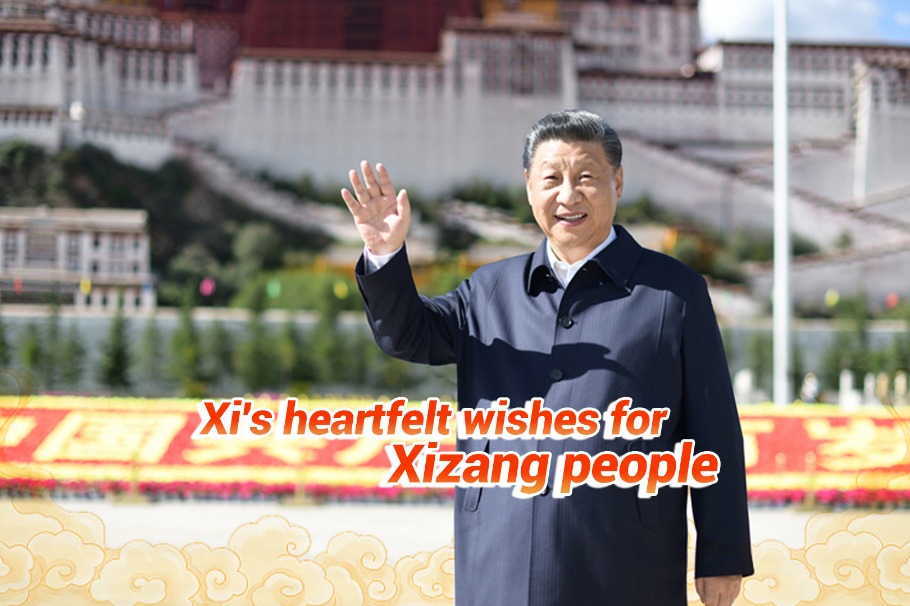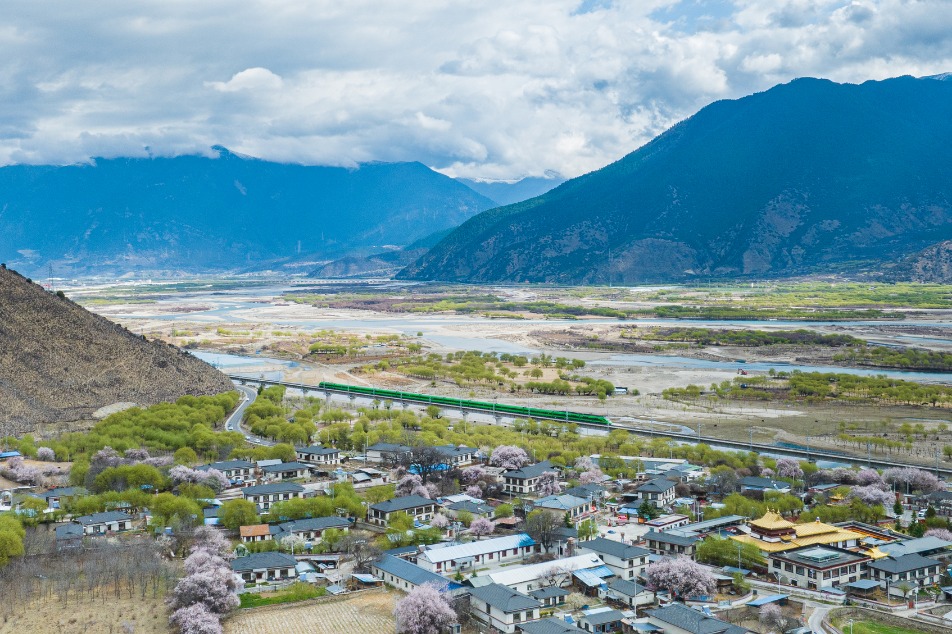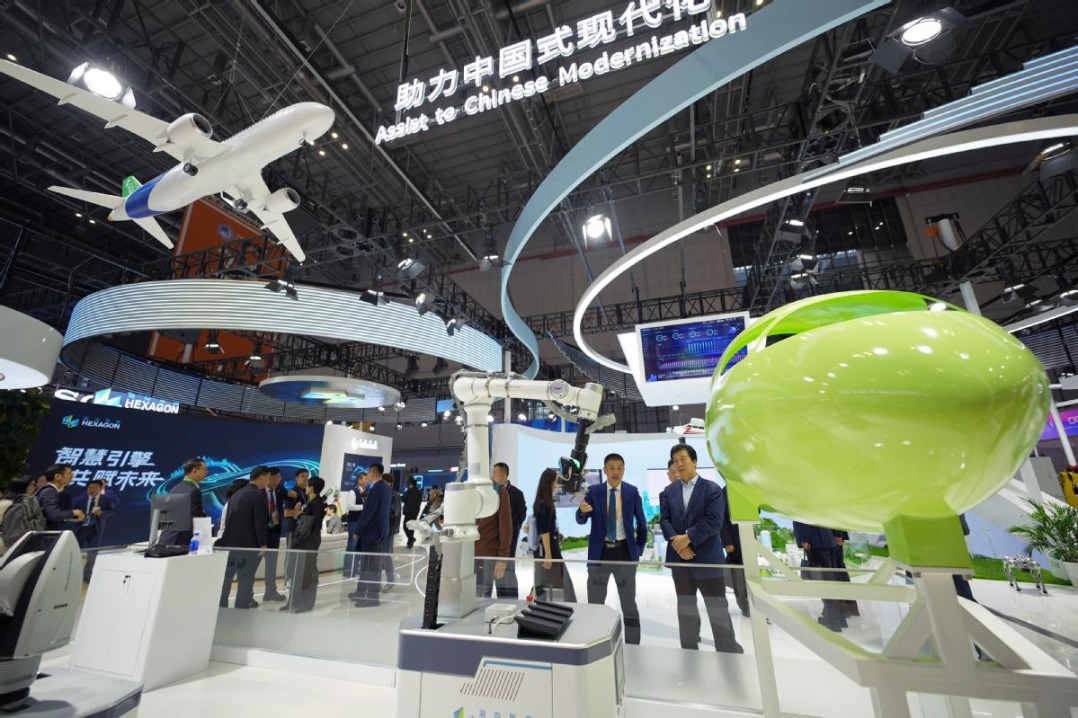Milestone in methanol use draws praise

The torch lighting at the recent Asian Games in Hangzhou, China, was fueled by carbon-zero methanol, marking the Games' historic shift toward eco-friendly energy sources.
The use of carbon-neutral green methanol drew praise from Methanol Institute CEO Greg Dolan, who underscored the event's dedication to sustainability and innovation.
"It was a landmark event for methanol being used to fuel the caldron for the Asian Games," Dolan told China Daily.
"A really big milestone, and it shines a very bright light on methanol for not only the participating 45 countries in the Asian Games, but globally. I think it becomes a really important symbol that methanol is a clean and sustainable fuel for the future."
The torch's methanol was produced in Henan province in a new emissions-to-liquid plant that opened in February.
That technology comes from Carbon Recycling International, or CRI, in Iceland, which has operated methanol plants for the past 11 years. The technology captures industrial emissions and converts them into green fuels and chemicals, CRI said.
The facility in Henan, partly funded by Chinese automaker Geely, is the first of its type in the world to produce methanol — a valuable fuel and chemical feedstock — on a commercial scale from captured-waste carbon dioxide and hydrogen gases, CRI said.
"China becomes such a great testing ground and proving ground for these technologies," Dolan said. "When China gets into new markets like this, it does so in a large way. Everything's bigger in China."
Geely has also shown tremendous leadership in the renewable energy industry, Dolan said. The company is a leader in producing methanol that will be used as a transportation fuel.
It has 30,000 taxis running on methanol in China, and it is also developing commercial vehicles, heavy-duty trucks and buses that run on methanol.
More green projects
There have been announced projects that would yield a capacity of 2 billion liters of renewable methanol production in China, Dolan said. And new project announcements are coming out almost every week in China.
Renewable methanol, identical to fossil fuel methanol but from sustainable sources, offers low-carbon, clean-burning fuel for various applications and reduces pollution. Despite the industry's progress, it is still looking for large-scale solutions.
For example, global shipping consumes around 400 metric tons of diesel bunker fuel a year. A study by the American Bureau of Shipping reveals the need for 50 million tons of methanol for ships by 2030.
"So, we're going to need to see a lot of methanol production, not only renewable or green methanol, but also more conventional methanol production from natural gas and other conventional feedstocks," Dolan said.
"The challenge is so huge; we need to do it at scale. So that's the other thing that we're seeing now developing in China, (which is the first country) to really open these facilities at large commercial scale."
A CO2-to-methanol production facility was up and running last year in Lianyungang, Jiangsu province, on the east coast of China. The plant will recycle about 150,000 tons of CO2 annually, equivalent to the effect of taking 53,000 fossil fueled cars off the roads, CRI reported.
Global shipping accounts for 3 percent of greenhouse gas emissions, Dolan said.
"And we now have methanol engines that can be used in ships. A lot of the methanol vessels being ordered and built are, in fact, being constructed in Chinese shipyards," he said.
"The two projects in Henan and Lianyungang … become real lighthouse projects for global energy diversification. They're showing a way that this can be done and can be done at scale."

Today's Top News
- China exempts childcare subsidies from individual income tax
- Xi stresses building modern socialist new Xizang
- Xi arrives in Lhasa for celebrations of 60th founding anniversary of Xizang autonomous region
- Xi to review troop formations lining up along Chang'an Avenue during V-Day parade
- The great power game behind the Alaska summit
- Tariffs and the new geopolitics of the Amazon






























